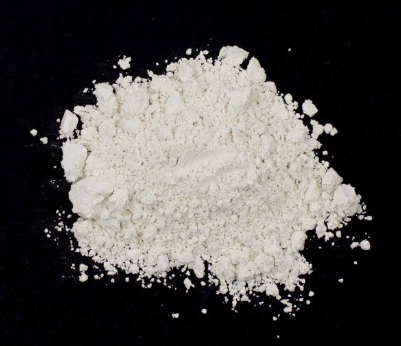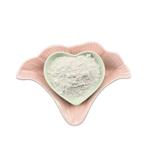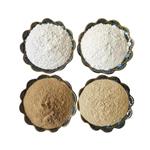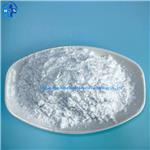Description
China Clay, scientifically known as kaolin, is a soft, white clay mineral that originates from the decomposition of feldspar.The most abundant deposits are in China (hence the name), the United States, Brazil, and the United Kingdom.

Chemical Properties
China clay occurs as a white to grayish-white colored, unctuous powder free from gritty particles. It has a characteristic earthy or claylike taste, and when moistened with water it becomes darker in color and develops a claylike odor. It is stable and chemically unreactive under ordinary conditions.
Physical properties
Kaolin is a white, soft, plastic clay mainly composed of fine-grained plate-like particles. It has a high fusion point and is the most refractory of all clays.
Occurrence
China Clay is one of the most common minerals; it is mined, as kaolin, in Australia, Brazil, Bulgaria, China, Czech Republic, France, Germany, India, Iran, Malaysia, South Africa, South Korea, Spain, Tanzania, Thailand, United Kingdom, United States and Vietnam.China Clay occurs in abundance in soils that have formed from the chemical weathering of rocks in hot, moist climates; for example in tropical rainforest areas.
Uses
China Clay is used as a filler and coating for paper, and in the manufacture of refractories, ceramics, cements, fertilizers, chemicals (especially aluminium sulphate), catalyst carrier, anticaking preparations, cosmetics, insecticides, paint, source of alumina, adsorbent for clarification of liquids, electrical insulators.
Preparation
China Clay is extracted from kaolinized granite by washing it out with powerful and remote water hoses. The clay stream is then pumped to the separation plant where sand and mica are removed. The purified clay is filtered when wet and then dried. The very fine powder is formed by milling.
Safety
Purified China clay (kaolin) has a long history of safe use in cosmetics. Further supporting its safety, kaolin has been generally recognized as safe (also known as GRAS status) by the US FDA as a direct food additive.
Structure and conformation
China clay is described as a 1:1 clay mineral consisting of two layers joined through an apical oxygen. One layer is known as the siloxane layer and consists of silicon tetrahedra joined in an hexagonal array. This layer is coupled to a gibbsite-like layer consisting of octahedral aluminium bonded to four OH units and two oxygen atoms. These layers are joined as sheets to other layers and may form a large set of clay layers known as a kaolinite book.





